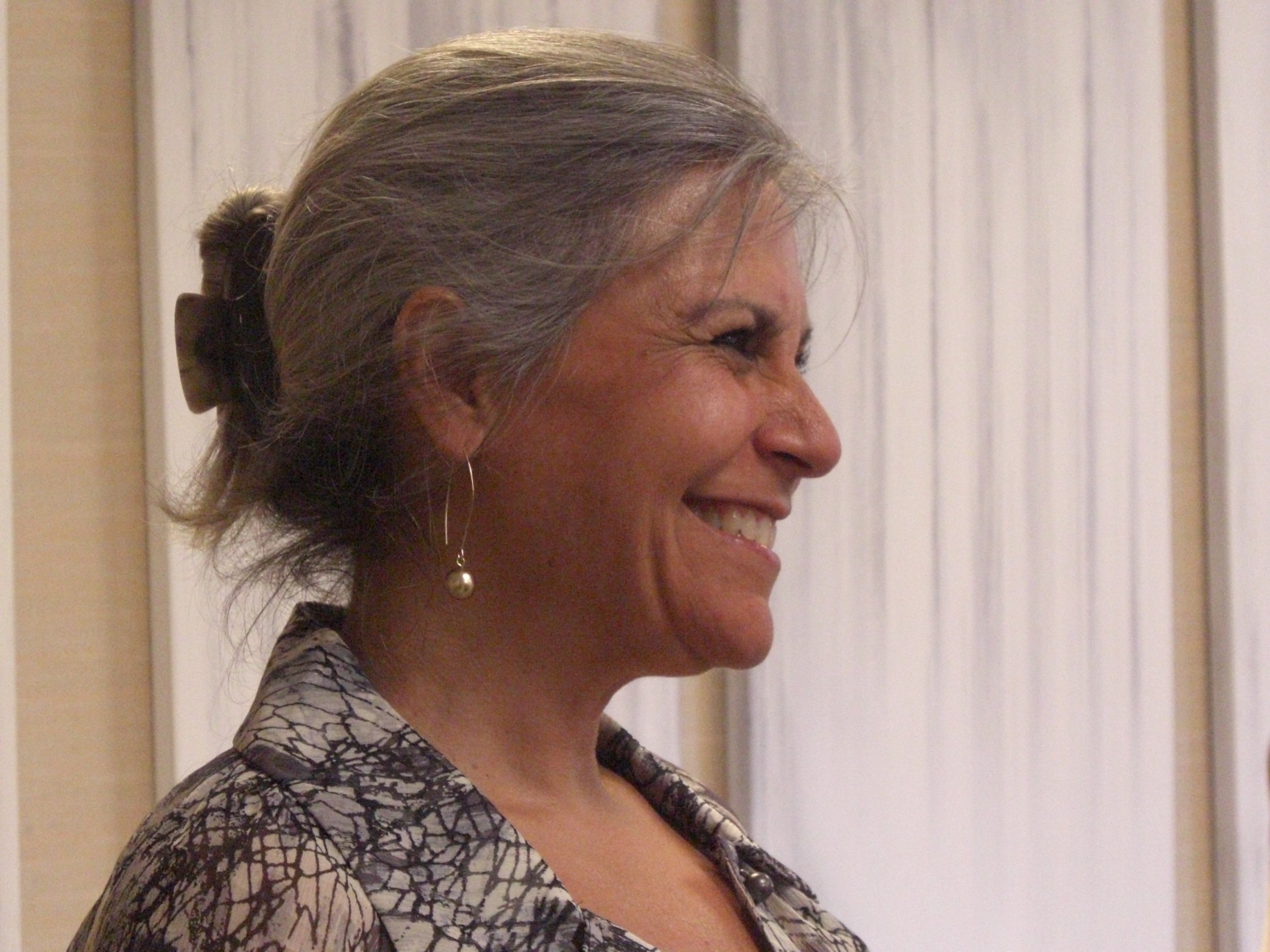Retooling My Brain, Part One: Tales of an Adrenaline Junkie
Last year, our specialist Kathleen Brady taught our community about the dynamics of energy. I’ve since been successful using the tools she offered to reframe situations in my life and shift my energy, resulting in a healthier attitude. I have managed and averted panic attacks for many months and counting, and am now well on my way to retooling by brain to deal with challenges preemptively.
Kathleen’s education about catabolic and anabolic energy has provided me a peek into my own inner workings. I now understand the history of why my energy is like it is. My current focus is on “resetting” my energy, and as Ginny Brown suggested, managing the cause, not the symptoms. As I dug deep into my thoughts and actions, I realized this reset is two-pronged.
A True Confession
There are two big catabolic traps I fall into, and my first baby step has been acknowledging them. So here’s the first of my two confessions: I am an adrenaline junkie. It’s what thirty years in the restaurant business conditioned me for. Navigating a career of being “in the weeds” while actively preparing to NOT be in the weeds left me in a perpetual state of re-prioritizing an undercurrent of urgency. I was helpless, eternally trouble- shooting, second guessing and being fearful that I was missing something.
So, here’s what I did…
My To-Do List used to consist of many laundry lists taped together with no structure, resulting in a daunting bundle of tasks that I couldn’t possibly find time for. Now, my best-spent time consists of prioritizing. When something urgent comes to my mind, I deliberately assess just how urgent the matter is; I take into consideration how urgent I feel it is versus any other parties involved, and am very careful about what I promise. I have also made my self-imposed edict about answering all email within 24 hours more lenient. I’m resetting the mindset of my hospitality background, which demands “give the people what they want before they realize they want it”. And overall, I’m more careful about setting time boundaries, not falling victim to the gut instinct that I might be letting someone down. After all, there’s no hot food to serve or tables to turn over.
Along with my prioritizing, I am more diligent about writing everything down. In younger days, I would simply remember to call this new contact, or email that lead. Now my attitude is, once the day begins, I want to be on autopilot, with my schedule acting as navigator. If I follow this new lean list, I’ll complete everything that needs to be addressed.
Great First Steps!
My approach to attacking this daily-do list has become fit. I work on projects “one sip at a time”; I jot down notes, then revisit multiple times; While it’s been suggested that people do their best work in 90-minute stints, I accept that I don’t. I’ve stopped trying to. Now I work on projects for 30 minutes, take a 5-minute break, and move on; I touch on many different projects, and each time I come back to any one of them, it’s as if my brain has digested and furthered the idea, concept of task; I actively unplug when I’m working in stretches of time, making my absolute focus on the project at hand.
These simple, but deliberate steps have promoted my sense of security that blossomed when reading Laura Vanderkam’s book 168 Hours. She was right: I DO have more time than I think. Instead of succumbing to those guilty pleasures of addressing the easy stuff in order to cross them off of my list, my true rewards for disciplined work are great engagement, a sense of calm, and a better end-product.



